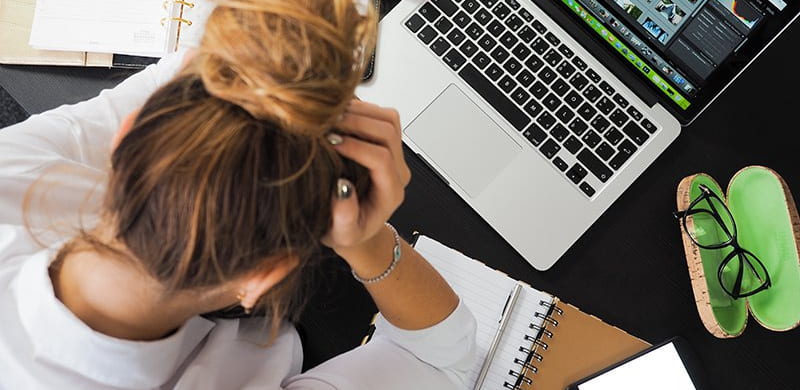‘Staying Safe Online’ survey: what unwanted sexual images are being sent to teenagers on social media?
By Blog Editor, IOE Digital, on 19 June 2020
Jessica Ringrose and colleagues.
Since lockdown began, agencies such as the WHO, Interpol and the NSPCC have warned that increased screen time during COVID-19 makes young people more susceptible to online sexual exploitation, grooming and abuse.
We know that since lockdown began, ‘25% of girls have experienced at least one form of abuse, bullying or sexual harassment online’, and that there has been an upsurge in practices such as ‘revenge porn’. However, we know little about which platforms the abuse takes place on, the type of abuse experienced, who commits it (e.g. strangers vs. peers), or the precise ways it has changed since lockdown.
That is why we are running an online survey of teenagers to find out more.
Our research with 150 young people aged 12-18 in 2019 found many young people experience a daily barrage of unsolicited sexual images on social media as soon as they sign up to use the platforms Snapchat and Instagram. For girls, receiving unwanted ‘dick pics’ or being harassed for nude photographs is a daily occurrence on these social media applications.
75.8% of girls had been sent unsolicited ‘dick pics’
70% of girls had been asked to send nudes (often through unsolicited dick pic ‘trades’)
Young people told us Snapchat rarely responds to abuse reports; and Instagram has a steady stream of porn bots sending them unwanted content daily. Another important finding, however, was that young people found it much easier to cope with adult male predation from strangers, which they blocked or ignored, than unsolicited content from their peer groups.
Girls in particular worried about facing repercussions for reporting on their male peers. In some cases, young people did not even understand that being sent images non consensually or being repeatedly asked for nudes was abusive, as such behaviours were so normalised. Because of the stigmatisation and victim blaming of those who produce nudes for their peers (particularly girls) many young people are loath to report non-consensual sharing of their images, what is called image base sexual abuse (IBSA) to schools for fear they will be punished for producing a nude, while those who have committed IBSA by sharing images without consent face no consequences.
Both schools and parents and carers often lack the precise technical knowledge of popular online platforms, how to protect against and report abuse, creating difficulties in supporting young people when they encounter risk and harm.
Organisations responding to gender and sexual harm online have significant gaps in their scope. For instance, The Revenge Porn Helpline only offers services for those aged 18+, while CEOP (The Child Exploitation and Online Protection Command) and the Internet Watch Foundation focus on child exploitation from adults, rather than abuse from peers or other children.
Consequently, there are significant gaps in our knowledge of the online harms and risks which many young people, of all genders, sexualities and identities are facing, as well as gaps in need, services and provision (at home, in school and amongst third parties) to address these issues. Although these gaps pre-date the pandemic, the lockdown has amplified the risk and harms as well as the need for resources to tackle them.
To find out more, UCL Institute of Education, University of Kent, University of Leicester and Sexplain have launched a quick, accessible and anonymous online survey for 13-18 year olds.
Although 13 may seem young, it is the minimum sign up age for many of the social media applications that put young people at risk, and therefore is the age at which they are likely to have been exposed to these phenomena. The survey questions ask about: 1. non-consensual receipt of sexual images, 2. pressure to send images; 3. sending self-produced sexual imagery; 4. and non-consensual image sharing. The findings will help us better understand issues around online image sharing among a wider range of young people and enable us to develop more robust approaches to safeguarding in a digital context.
We would be very grateful if our readers would promote the survey – please click the links for further information for parents/carers , schools/teachers , and young people
The survey is open until 31 August, 2020. https://sexplain.org.uk/survey
3 Responses to “‘Staying Safe Online’ survey: what unwanted sexual images are being sent to teenagers on social media?”
- 1
-
2
Les écoles doivent de toute urgence lutter contre la culture du viol en éduquant les élèves sur le monde en ligne -Ecologie, science – ecomag wrote on 5 April 2021:
[…] fait que Snapchat, par exemple, est l’une des pires plateformes de cyberflash, avec notre « rester en sécurité en ligne»Enquête révélant que 62% des contenus sexuels non désirés y ont été […]
-
3
“Over-criminalising is a concern”: Ministers defend cyberflashing law wrote on 27 June 2022:
[…] cyber flashing and upskirting, with victims predominantly being women and girls. Research from University College London in 2020 found that 76 per cent of the girls surveyed aged 12 to 18 had been sent unsolicited nudes or […]
 Close
Close






[…] Jessica Ringrose and Kaitlyn Regehr are running an online survey for teenagers, to try and understand the ways social media platforms are used by teens. The survey closes 31 […]